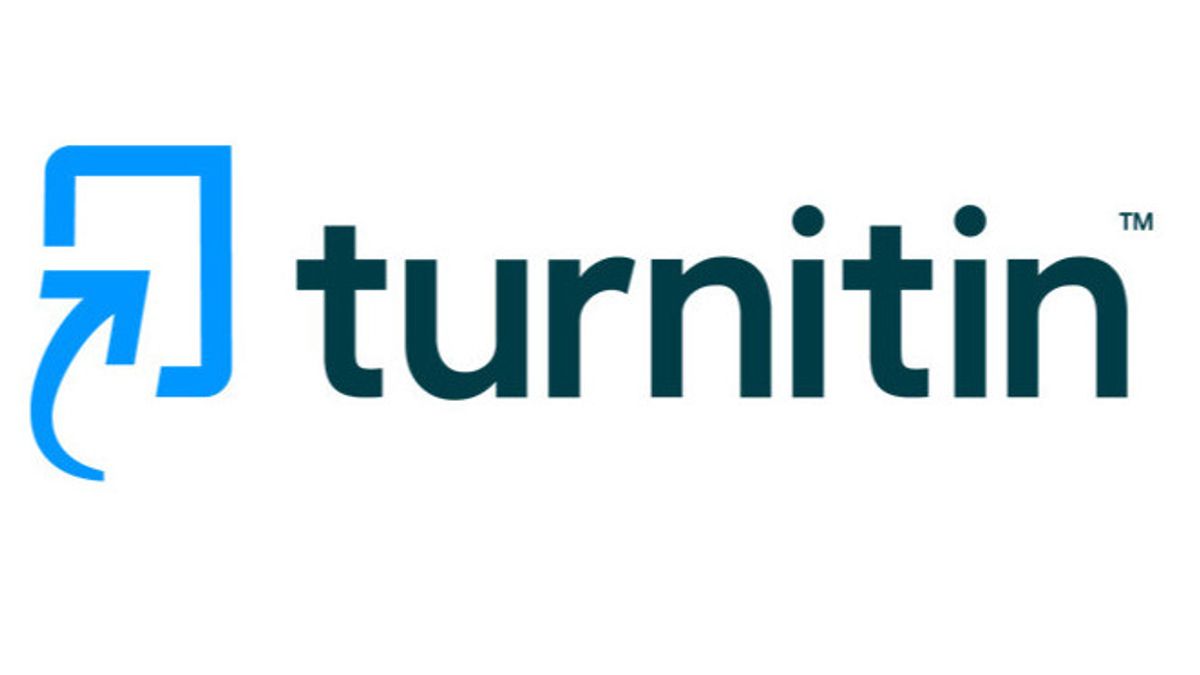Penggunaan Sari Kacang Tanah dan Pure Buah Kelubi dalam Pembuatan Es Krim
DOI:
https://doi.org/10.30997/jah.v9i2.6043Keywords:
ice cream, kelubi puree, peanut juiceAbstract
Ice cream is a frozen food product containing a minimum of 5% fat and 2.5% milk protein, which is obtained by heat-treating and subsequently freezing an emulsion of fat, milk solids and sugar, with or without other substances. This study aimed to obtain the best ratio of peanut juice and kelubi puree in making ice cream that meet the quality of SNI 01‒3713‒1995. The study was conducted using a completely randomized design (CRD) with four treatments and four replications. Data were analyzed using analysis of variance (ANOVA) and then continued with Duncan’s Multiple Range Test (DMRT) at 5% level. The result showed that the ratio of peanut juice and kelubi puree significantly affected fat, protein, total solids, overrun, viscosity, melting time, and descriptive and hedonic sensory tests. The ratio of peanut juice and kelubi puree (92.5:7.5) was chosen as the best treatment, which had 5.62% fat, 5.83% protein, 144.03 ppm antioxidant activity, 35.44% total solids, 2950.85 cP viscosity, 43.16% overrun, and 13.26 minutes melting time with a description of ivory white color, peanut’s flavor, soft, and a little peanut taste. Panelists liked the hedonic assessment of color, aroma, softness, taste, and overall assessment.
Keywords: ice cream, kelubi puree, peanut juice
References
Afriani, S., Nora, I., Lia, D., & Lucy, A. (2014). Uji aktivitas antioksidan daging buah asam paya (Eleiodoxa conferta Burret) dengan metode DPPH dan tiosianat. Jurnal Kimia Khatulistiwa, 3(1), 49–56.
AOAC. (2005). Official methods of analysis of AOAC international (18th Edition). Association of Official Analytical Chemists.
Arbuckle, W. S. (1986). Ice cream (fourth). Van Nostrand Reinhold.
Atisanto, V. S., Sri, M., & I Gst, A. L. T. (2017). Pengaruh jenis pelarut dan suhu pengeringan terhadap karakteristik ekstrak pada buah kelubi (Eleiodoxa conferta). Jurnal Rekayasa dan Manajemen Agroindustri, 5(3), 35–44.
Atkins, P. (1994). Kimia fisika (empat). Erlangga.
Badan Standardisasi Nasional. (1995). SNI 01‒3713‒1995: Es krim. Standar Nasional Indonesia.
Bennion, M., & Osee, H. (1975). Introductory foods. Macmillan Publishing Co. Inc.
Charles, D. J. (2013). Antioxidant properties of spices, herbs and other sources. Springer.
Cho, S. S., & Mark, L. D. (2001). Handbook of dietary fiber. Marcel Dekker, Inc.
Clarke, C. (2012). Science of ice cream (second). Royal Society of Chemistry.
Donelly, J. L., Eric, A. D., & David. J. M. (1998). Iron-catalyzed oxidation of menhaden oil as affected by emulsifiers. Journal of Food Science, 63(6), 997–1000.
Erkaya, T., Elif, D., & Mustafa, S. (2012). Influence of cape gooseberry (Physalis peruviana L.) addition on the chemical and sensory characteristics and mineral concentrations of ice cream. Food Research International, 45(1), 331–335.
Goff, H. D. (2002). Controlling ice cream structure by examining fat protein interactions. Australian Journal of Dairy Technology, 55(2), 78–81.
Goff, H. D., & Richard, W. H. (2013). Ice cream (seventh). Springer.
Karaman, S., Ömer, S, T., Ferhat, Y., Mustafa, Ç., Ahmed, K., & Mahmut, D. (2014). Physicochemical, bioactive, and sensory properties of persimmon-based ice cream: Technique for order preference by similarity to ideal solution to determine optimum concentration. Journal of Dairy Science, 97(1), 97–110.
Mahmud, M. K., Hermana, Nazarina, Marudut, S., Nils, A. Z., Muhayatun, Abas, B. J., Dewi, P., Fitrah, E., Rugayah dkk. (2018). Tabel komposisi pangan indonesia 2017. Kementerian Kesehatan.
Marshall, R. T., dan W. S. Arbuckle. (1996). Ice cream (fifth). International Thomson Publishing.
Mokhtar, S. I., & Nur, A. A. A. (2015). Organic acid content and antimicrobial properties of Eleiodoxa conferta extracts at different maturity stages. Journal of Tropical Resources and Sustainable Sciences, 3(100), 72–76.
Oksilia, Merynda, I. S., & Eka, L. (2012). Karakteristik es krim hasil modifikasi dengan formulasi bubur timun suri (Cucumis melo L.) dan sari kedelai. Jurnal Teknologi dan Industri Pangan, 23(1), 17–22.
Sari, R. P., Nazrun, Surtina, & Robby, G. M. (2019). Uji fitokimia dan aktivitas antibakteri pada air kelubi (Eleiodoxa conferta) terhadap bakteri Staphylococcus aureus. Prosiding Seminar Nasional Penelitian dan Pengabdian pada Masyarakat, 61–63.
Setyaningsih, D., Anton, A., & Maya, P. S. (2010). Analisis sensori untuk industri pangan dan agro. Institut Pertanian Bogor Press.
Sudarmadji, S., Bambang, H., & Suhardi. (1997). Prosedur analisa untuk bahan makanan dan pertanian (keempat). Liberty.
Widiantoko, R. K., & Yunianta. (2014). Pembuatan es krim tempe-jahe (kajian proporsi bahan dan penstabil terhadap sifat fisik, kimia, dan organoleptik). Jurnal Pangan dan Agroindustri, 2(1), 54‒56.
Williams, W. B., Marie, E. C., & Claudette, B. (1995). Use of a free radical method to evaluate antioxidant activity. LWT-Food Science and Technology, 28(1), 25–30.
Winarno, F. G. (2004). Kimia pangan dan gizi. Gramedia Pustaka Utama.
Yadav, P. B., L. Edukondalu, S. Patel, & D. B. Rao. (2018). Proximate composition of peanut milk prepared by different methods. International Journal of Current Microbiology and Applied Sciences, 7(10), 2388–2391.
Downloads
Published
How to Cite
Issue
Section
License

This work is licensed under a Creative Commons Attribution-ShareAlike 4.0 International License.
Authors who publish with Jurnal Agroindustri Halal agree to the following terms:
- Authors retain copyright and grant the journal right of first publication with the work simultaneously licensed under a Creative Commons Attribution 4.0 International License that allows others to share the work with an acknowledgement of the work's authorship and initial publication in Jurnal Agroindustri Halal.
- Authors are able to enter into separate, additional contractual arrangements for the non-exclusive distribution of the journal's published version of the work (e.g., post it to an institutional repository or publish it in a book), with an acknowledgement of its initial publication in Jurnal Agroindustri Halal.
- Authors are permitted and encouraged to post their work online (e.g., in institutional repositories or on their website) prior to and during the submission process, as it can lead to productive exchanges, as well as earlier and greater citation of published work







